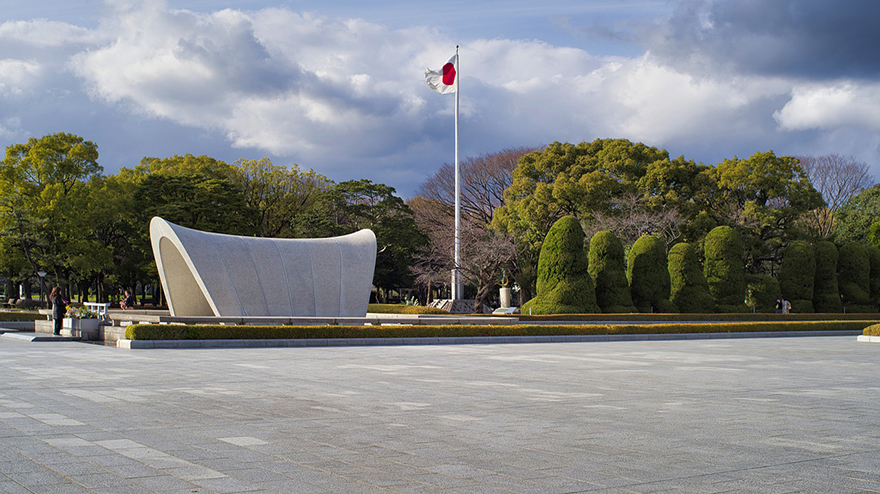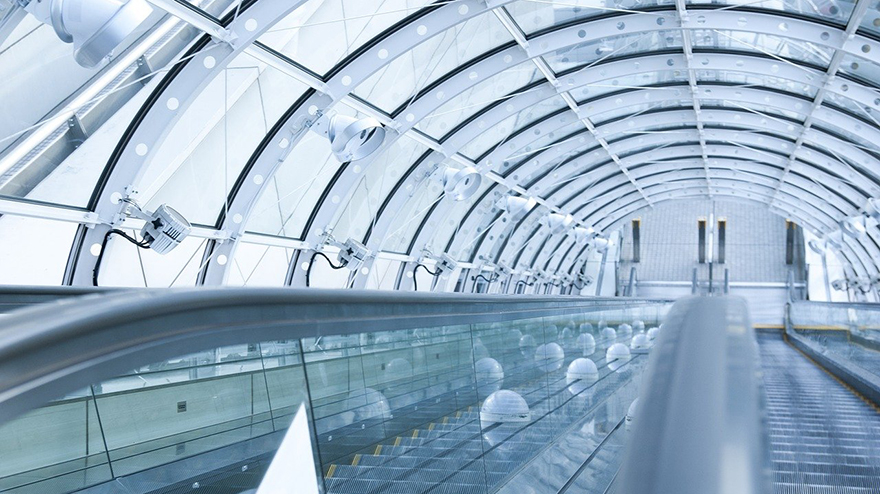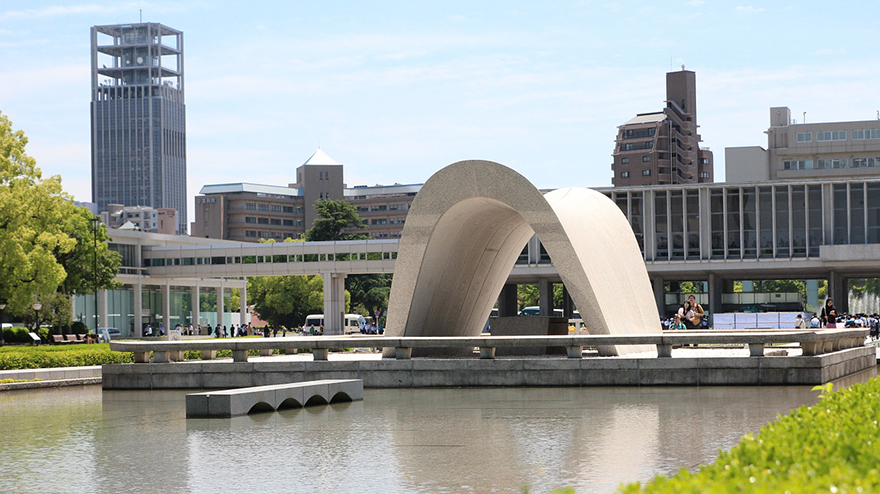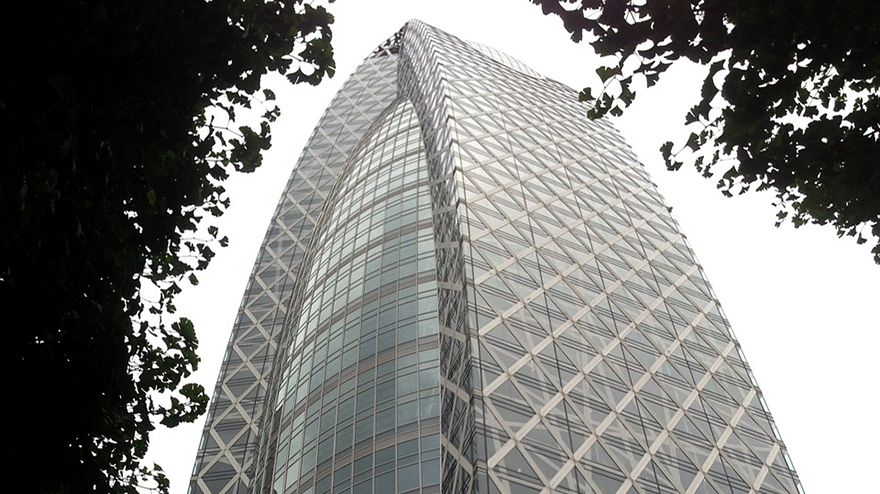
Life of Japanese architect Kenzō Tange
Kenzō Tange was a leading Japanese architect of 20th-century architecture who lived from 1913 to 2005. His architectural works were a symbol of modernism merged with the traditional Japanese architectural sense of style. He created buildings in Japan as well as throughout the world. He was also inspired by the Metabolist architecture movement.
In 1949, he was honoured to win the design competition for Hiroshima Peace Memorial Park, Hiroshima, Japan which made him internationally recognized around the world. He was honoured with the Pritzker Architecture Prize in 1987.
Early Life & Education
Kenzo Tange or Tange Kenzo was born on 4th September, 1913 in the city of Sakai, Osaka Prefecture, Japan. When he was young, he spent a few years of his life in Hankow (Wuhan today) and Shanghai, cities in China. Kenzo travelled back to Japan from China with his family upon hearing the news of the death of his uncle. His family began living in a farmhouse with a thatched roof in Imabari, Shikoku, Japan.
In 1930, he travelled to Hiroshima to study at high school where he first came across the projects of Le Corbusier in an art journal. That made him want to be an architect.
As he got bad results in the subjects of physics and mathematics, he struggled to prepare for the university entrance exam for two years. He began his architecture studies in 1935 at the University of Tokyo under Shozo Uchida and Hideto Kishida.
Early Career
After completing his university studies, Tange joined the studio of Japanese architect Kunio Maekawa. He went to Manchuria to take part in the competition for the design of a bank project. He travelled to Jehol (Rehe) while he was coming back.
During the early times of his profession, Kenzo Tange was inspired by the modernist works of the Swiss-French Architect Le Corbusier and simple architecture.
After the start of World War II, Tange left the office of Kunio Maekawa to study post-graduation at the University of Tokyo where his interest in urbanism increased.
Kenzo Tange participated in a design competition for the Greater East Asia Co-Prosperity Sphere Memorial Hall in 1942. He won it for his design created by merging of Capitoline Hill plaza in Rome and the architecture of the Shinto shrine. It was not built.
Kenzo Tange as an Educator
Kenzo Tange taught as an assistant professor in 1946 and he founded Tange Laboratory at the university.

He taught as a professor in 1963 at the Department of Urban Engineering. Kisho Kurokawa, Fumihiko Maki, Sachio Otani, Arata Iszaki and Hajime Yatsuka were among his students.
Later Career
During the 1950s, he became a part of the Congres Internationaux d’Architecture Moderne – CIAM. International Congress of Modern Architecture - CIAM was an active organization established in 1928 and dissolved in the year 1959.

After World War II, he was involved in the urban projects of redevelopment in Maebashi and Hiroshima. He designed the airport of Kanon in Hiroshima that was realized. His design for a seaside park, Ujina was not built. In 1949, he won the design competition for Hiroshima Peace Memorial Park with a museum. Tange established his studio, Kenzo Tange Associates.
Projects
His profession reached its peak during the latter half of the 20th century when he built many remarkable projects in Tokyo, and various other cities of Japan as well as across the world.

Some of his most remarkable architectural masterpieces are Peace Center – Hiroshima Peace Memorial Museum, Hiroshima (commenced in 1950); Ise Grand Shrine, Ise, Mie Prefecture; Kagawa Prefectural Government Hall, Shikoku (completed in 1958); Kenzo Tange’s private home (1951-1953); Town Hall, Kurashiki (1958-1960); Tokyo Olympic Arena, Tokyo; Supreme Court Building, Islamabad, Pakistan (completed in 1993); Osaka 1970 Exposition and Tokyo Metropolitan Government Building (completed in 1991).
Architects used various elements of architecture in the design of the Hiroshima Peace Memorial Museum influenced by concrete architecture. The key features of Hiroshima Peace Memorial Museum, Hiroshima are exposed textured reinforced concrete, piloti, free-standing stairs and a rhythmic front façade with vertical elements.
Recognition
Kenzo Tange was the winner of the RIBA Gold Medal in 1965. He received the American Institute of Architects Gold Medal in 1966. He won the Pritzker Prize for architecture in 1987.

He died on 22nd March 2005 in Tokyo, Japan at the age of 91 years. Kenzo Tange is an inspiration for many architects through his brilliant projects all over the world.










